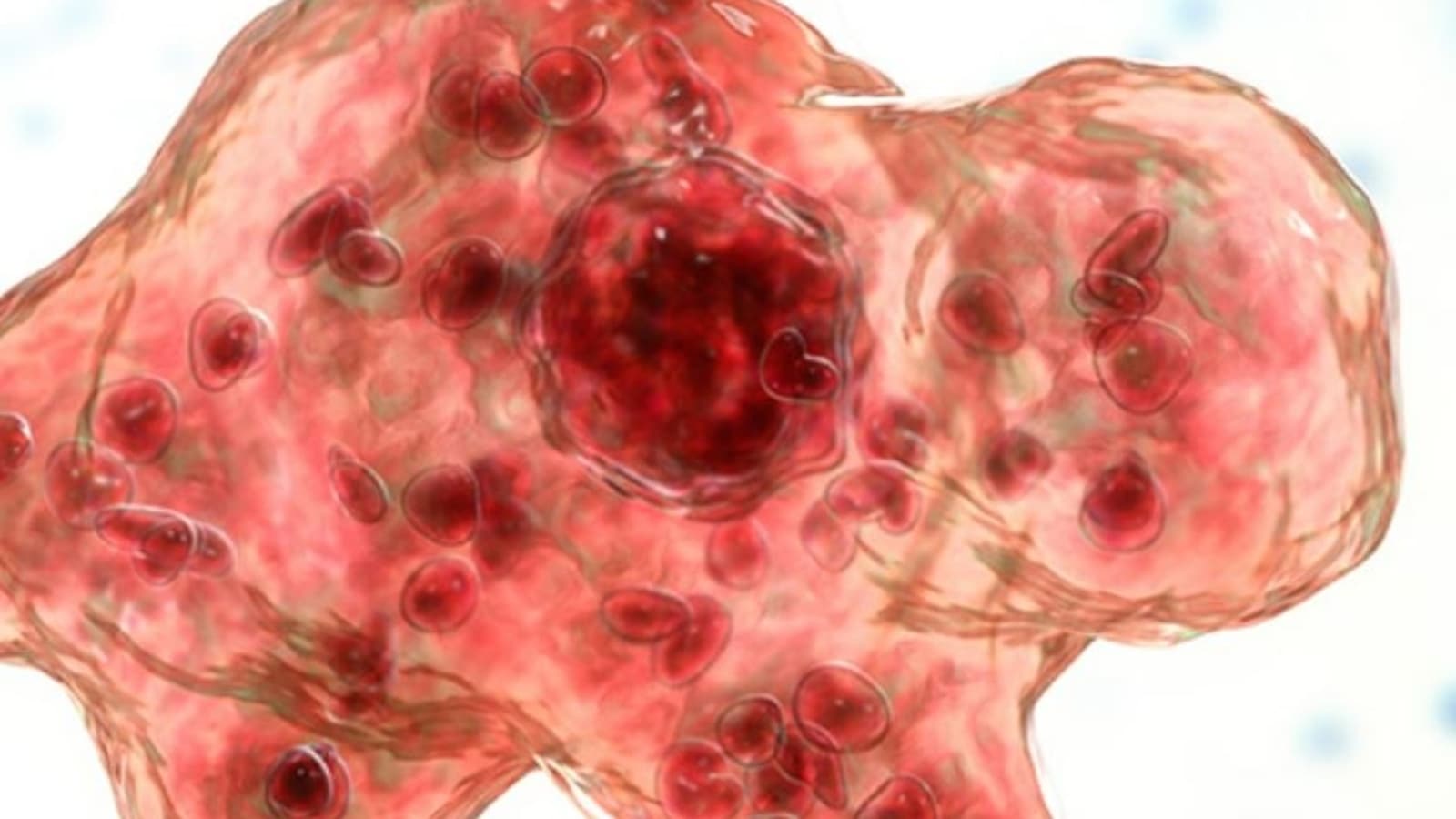A South Korean man who returned from Thailand died from an infection caused by Naegleria fowleri – a ‘brain-eating’ amoeba commonly found in warm freshwater bodies – according to a Korean Times report published Monday.
The report cited the Korea Disease Control and Prevention Agency (KDCA) as saying the man – in his 50s – had stayed in Thailand for four months before entering Korea on December 10.
Also Read | Epilepsy: Symptoms, treatment, when to consider surgery for this brain disease
The man began to exhibit symptoms of meningitis – headaches, fever, vomiting, slurred speech and stiffness of the neck – on the evening of his arrival, and died 11 days later. The cause of death was confirmed after a post-mortem investigation.
The Korean Times said this is the first confirmed case of a Naegleria fowleri infection in the country, and added that the KDCA had not yet revealed details of the tranmission.
What is Naegleria fowleri or ‘brain-eating’ amoebic infection:
– Naegleria fowleri is an amoeba (a single-celled living organism) that can cause infections in the brain, according to the United States’ Centers for Disease Control and Prevention.
– It is found in soil and in warm freshwater bodies like lakes, rivers and hot springs.
– The disease caused by this naegleria fowleri is referred to as ‘primary amoebic meningoencephalitis’ (PAM) which is widely seen as fatal; from 1962 to 2021 only four of 154 people in the United States survived after contracting the infection.
Also Read | Traumatic brain injury, PTSD associated with Alzheimer’s: Research
– The disease – ‘primary amoebic meningoencephalitis’ – is difficult to detect in its early stages because it spreads rapidly; it is usually discovered after the patient has died.
– The disease has two sets of symptoms. Patients can experience severe frontal headaches, fever, nausea, and vomiting in the first stage, with a stiff neck, seizures, altered mental status, and hallucinations in the second. In serious cases the patient can even slip ino a coma.
Also Read | Bacteria that cause bloodstream infections grew highly drug-resistant in 2020: WHO report
– According to the CDC, there is currently no evidence of human-to-human transmission of the Naegleria fowleri infection. It also cannot spread via water vapour or aerosol droplets.
– There is currently no vaccine but the disease can be treated with some drug combinations, such as amphotericin B, azithromycin, fluconazole, rifampin, miltefosine, and dexamethasone, which were used in cases of patients who survived the infection.


